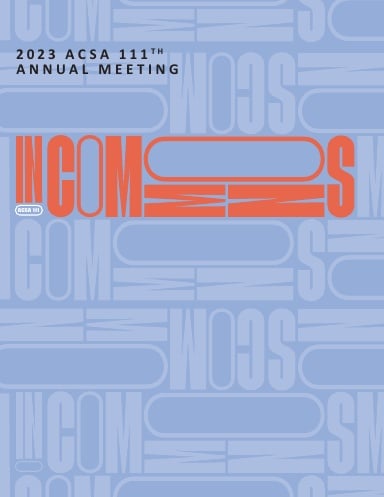Author(s): Dijana Handanovic, Allan Perez & Sara Romero
As the capital of Bosnia and Herzegovina, Sarajevo for a long time was known for the 1914 assassination of the Austrian Archduke Francis Ferdinand, the final event precipitating World War I. After hosting the 1984 Winter Olympics, Sarajevo was perceived around the world as a place of peaceful gathering, but in April 1992, following the proclamation of Bosnia and Herzegovina’s independence from the Yugoslavian Federation, the Bosnian War started and again shifted the world’s perception of Bosnia and Herzegovina to one as a place of violence. After the recognition of dissolution, Bosnian Serb forces besieged the city of Sarajevo and for four years the city was subjected to bombings and gunfire. Sarajevo lies in a valley of the Miljacka River and is surrounded by mountains on all sides. Due to the geography of the region, artillery and snipers staged from the mountains had clear vantage points across the entire city. The Siege of Sarajevo, which lasted 1,425 days and resulted in 11,541 fatalities, including 1,600 children, became renowned as the most prolonged military siege in contemporary history. Sarajevo’s architecture and urban spaces suffered catastrophic damage, prompting civilian life to go underground where day to day life was constricted to only the absolute essentials. The constant bombings of the city not only transformed existing buildings, streets, and neighborhoods, but also forced civilians to reinvent their main dwellings. This was documented in 1994 by architect Zoran Doršner in his drawings “Destructive Metamorphosis.”
https://doi.org/10.35483/ACSA.AM.111.14
Volume Editors
ISBN
978-1-944214-41-8

 Study Architecture
Study Architecture  ProPEL
ProPEL 
